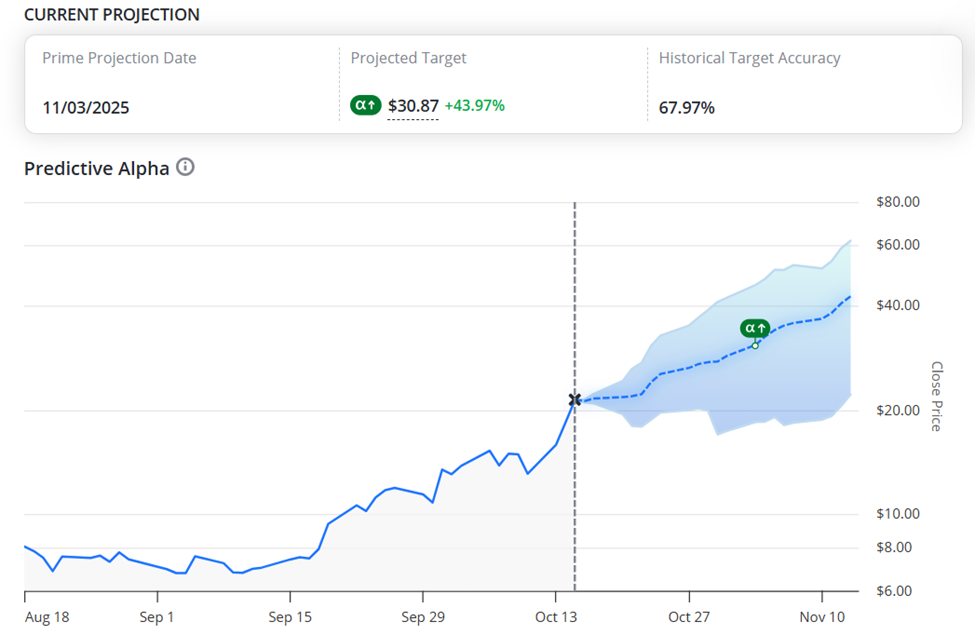Netflix Aims for $1 Trillion Market Cap by 2030
Netflix (NASDAQ: NFLX) continues to dominate the video streaming market, leveraging its extensive global presence and content library. The company’s revenue and profits are both on the rise.
According to The Wall Street Journal, Netflix plans to reach a market capitalization of $1 trillion by 2030, doubling its current $500 billion valuation.
Global Expansion and Pricing Strategy
Cloud-based video streaming has made media a global industry. Netflix has invested heavily in content production across Europe, Latin America, South Korea, and India, helping it exceed 300 million subscribers by the end of 2024.
With a global population of 8 billion and increasing internet usage, Netflix has ample room for subscriber growth. Additionally, its premium subscription price has risen from $11.99 per month in 2013 to $24.99 now, contributing to nearly 600% revenue growth over the last decade.
This price increase has allowed Netflix to raise its operating income to $11.3 billion. Currently, the company enjoys a positive free cash flow of $7.5 billion, which supports further global expansion.

Image source: Getty Images.
Sports and Advertising Revenue
Netflix aims for its advertising tier to reach $9 billion in global ad sales by 2030, a significant increase from an estimated $2 billion currently. Launched in 2023, the advertising feature has been instrumental in attracting new subscribers.
Investing in sports content, like licensing World Wrestling Entertainment, could enhance its appeal to advertisers by attracting large live audiences.

NFLX Operating Margin (TTM) data by YCharts; TTM = trailing 12 months.
Path to $1 Trillion Market Cap
Netflix seeks to double its revenue to $80 billion by 2030 and triple its operating income to approximately $30 billion. Advertising revenue will play a key role in this growth.
The company expects to grow its total subscribers to 410 million, which may equate to only 30% revenue growth without subscription price increases.
To achieve its revenue goals, Netflix must continue adjusting subscription prices and expand advertising sales. This is an ambitious target but within reach.
The goal of tripling operating income to $30 billion appears feasible, given Netflix’s consistent improvement in operating margins, currently at 28% over the last 12 months. That operating income could translate to around $25 billion in net income after taxes, leading to a potential trillion-dollar valuation based on a P/E ratio of 40.
While achieving this market cap remains uncertain, holding Netflix shares could be wise for current investors. However, it may not be a strong buy at this moment.
Should You Invest $1,000 in Netflix Now?
Before considering an investment, note the following:
Analysts suggest that Netflix is not among the top recommendations currently available for new investments. Although Netflix has historically been a strong performer, prospective investors might want to consider other options.
While Netflix offers potential, its present valuation may not align with optimal investment strategies.
Brett Schafer has no position in any of the stocks mentioned. The Motley Fool has positions in and recommends Netflix.
The views expressed herein are those of the author and do not necessarily reflect those of Nasdaq, Inc.





